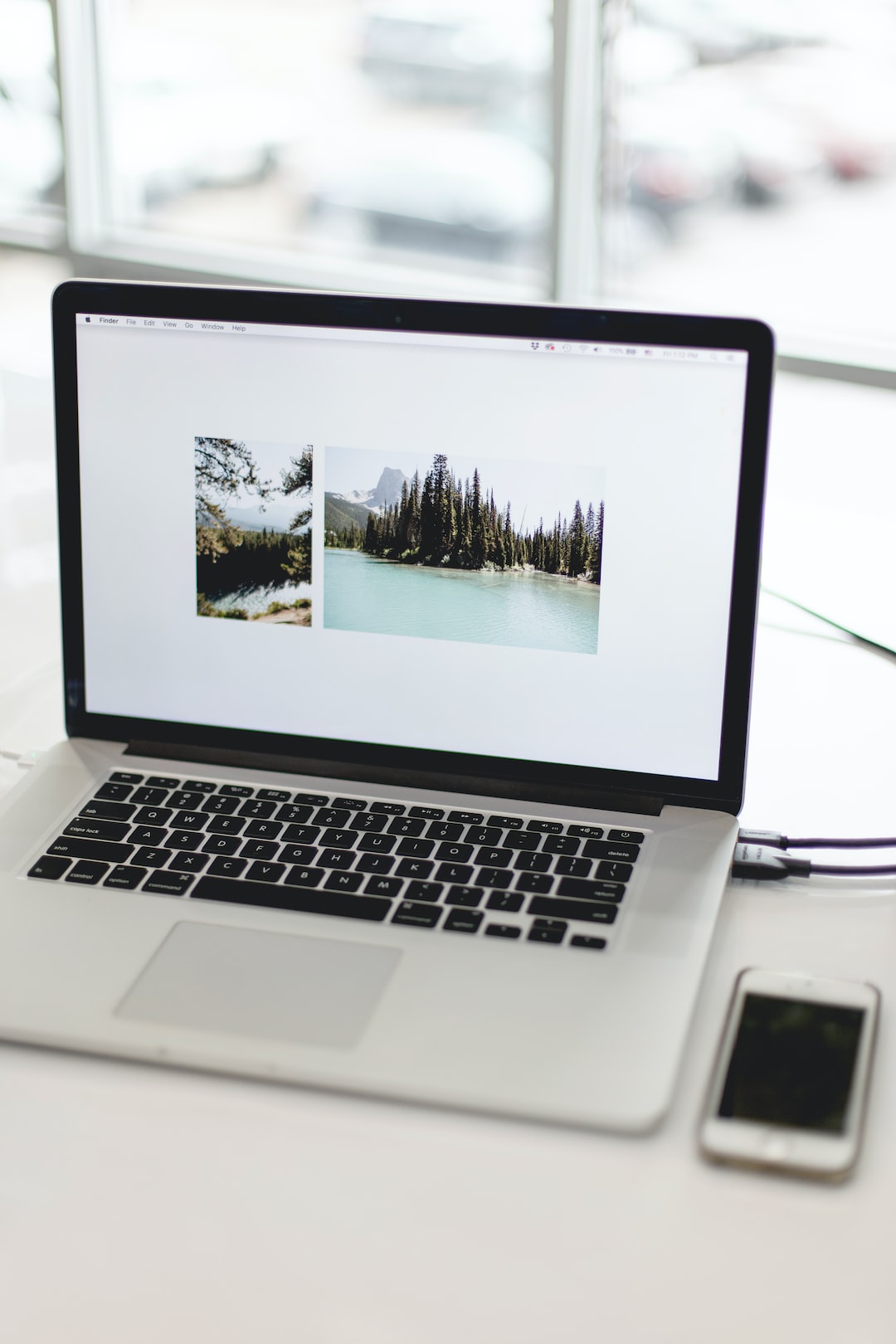Oil painting is an artistic medium that has been used by artists for centuries to create beautiful and compelling images. With its versatile properties and rich, vibrant colors, it’s no wonder that oil painting remains a popular choice among artists to this day. In this guide, we’ll explore some of the key techniques you need to master to create stunning oil paintings that will leave a lasting impression.
Preparation
Before you start painting, it’s important to prepare your canvas so that it is ready to receive the paint. This involves applying a few layers of gesso to the canvas to create a smooth, even surface. Once this is done, you will need to create a basic sketch of your subject using charcoal or other drawing materials.
Color Mixing
One of the most important aspects of oil painting is color mixing. Unlike other mediums, oil paint allows for a greater range of colors, which means you can create very subtle shades and hues. You should start by learning about the color wheel and how different colors interact with one another. This will enable you to create a range of different colors and tones by mixing the primary colors together.
Brushwork
Brushwork is another important aspect of oil painting. You can create a range of different effects by using different types of brushes, from small, detailed brushes to large, broad brushes. Strokes can be applied in a variety of ways, including dotting, crosshatching, and stippling. Experimenting with the different types of brushwork is a great way to learn how to create different textures and effects in your paintings.
Blending
Blending is important to create smooth, seamless transitions between different colors and tones. This involves mixing the colors on the canvas rather than on the palette. You can use a dry brush technique, which involves dragging a dry brush over wet paint, or a wet-on-wet technique, which involves blending wet paint together on the canvas.
Layering
Layering involves building up the painting gradually with multiple layers of paint. This technique allows you to create depth and dimension in your painting by allowing the underlying layers of color to show through. Layering also enables you to create subtle variations in color and tone, which can add complexity and depth to your work.
Final Thoughts
Mastering the techniques of oil painting requires patience, practice, and dedication. The key is to start with the basics and then gradually build up your skills as you work on more advanced projects. Experiment with different techniques and styles, and don’t be afraid to make mistakes – they can be learning opportunities. With time and practice, you can become a master of oil painting and create stunning works of art that will stand the test of time.

